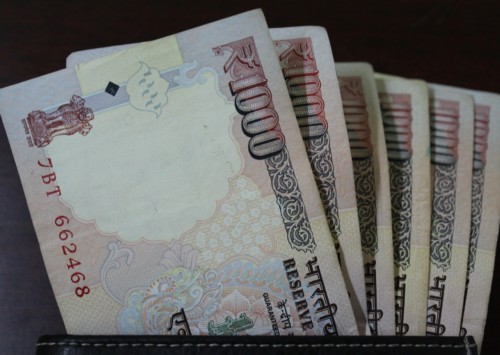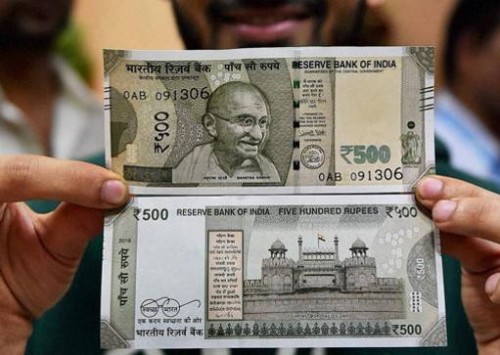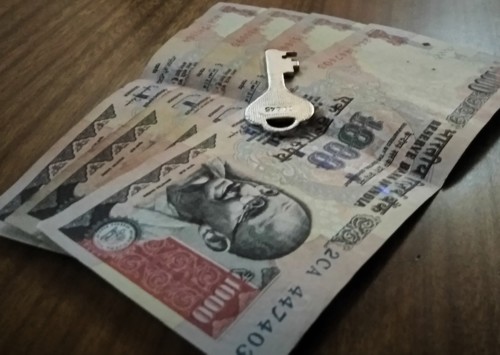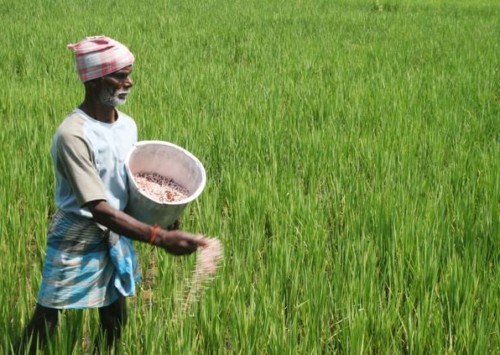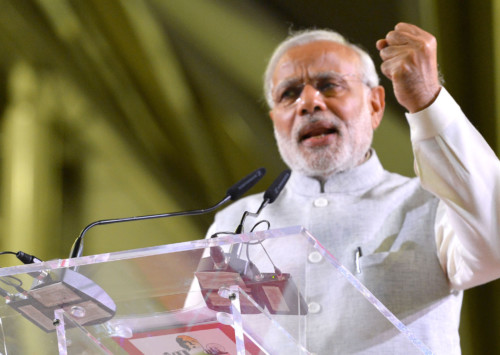Demonetisation: Soiled currency bills to the rescue!
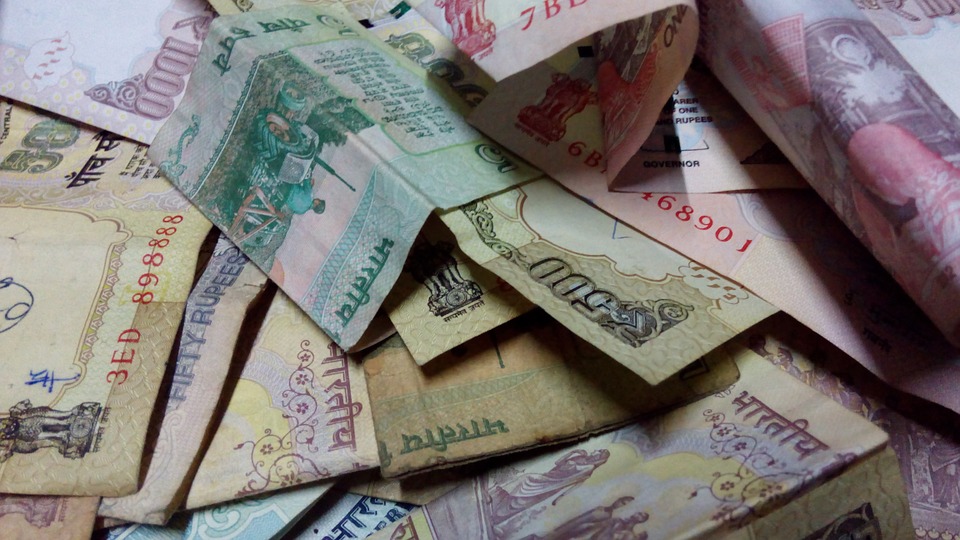
Chances are highly likely that banks will thrust in your hand old soiled notes that you once tried to avoid like the plague
When was the last time you tried to avoid a soiled currency note or made faces when somebody tried to short-change your money with soiled notes? When was the last time people refused soiled notes that you tried to desperately get rid of? You might want to rethink now.
Stinking, soiled and even mutilated notes have been in circulation in India. However, the Reserve Bank of India, the apex body that controls the money supply and circulation through various measures, does recall these filthy and mutilated notes at regular intervals.
If you are expecting new and crisp notes following Prime Minister Narendra Modi’s bold move to demonetise INR 500 and INR 1000 currency bills, you will be highly disappointed. For one, you may get a few new notes of INR 2000 and INR 500, but when it comes to INR 100 chances are highly likely that banks will thrust in your hand old soiled notes that you once tried to avoid like the plague.
If the banks are to be believed, they do not have enough to meet the currency needs of the entire country. So, they have hit upon the idea of reissuing soiled notes, which are taken out of the system on a regular basis.
The Reserve Bank of India has directed all the public and private banks to reuse notes that had been taken out of circulation; notes which were actually headed for the shredder and then the dumping ground.
On condition of anonymity, a bank manager pointed out how the RBI is sending old INR 100 notes stored for years but not destroyed. “These notes smell and stink. We are spraying them with perfumes and insecticides before disbursing them.”
All these dirty and slightly-cut notes are usually exchanged at the counters of any public-sector bank branch, any currency chest branch of a private-sector bank or any Issue Office of the Reserve Bank of India. In the normal course, once these notes are handed back to the RBI, they are examined by a committee and then destroyed.
As per the RBI data, during 2015–16, 16.4 billion pieces of soiled notes were disposed of as against a target of 17.1 billion pieces. In 2014–15, 15.1 billion pieces were destroyed. According to data available, 5,169 million pieces of INR 100 notes and 2,800 million pieces of INR 500 notes were destroyed.
As on March 2016, 15.7 billion notes of INR 500 denomination were in circulation, constituting 17.4 pc of the total pieces, while 6.3 billion notes of INR 1,000 denomination were in circulation, which made up 7 pc of the total circulation.
The recent introduction of a system to provide incentives to banks for collection of mutilated currency has also contributed to the substantial increase in the number of notes received by the RBI. However, with the demonetisation of INR 1,000 and INR 500 notes, banks have been told to circulate them.
Till 2001, the soiled and mutilated currency notes that were withdrawn from the system were burnt. But, during the last 15 years, after withdrawal from the system, they have been converted into eco-friendly products.
The shredded currency is turned into briquettes or recycled into various products, including files, calendars and even paper weights. This practice has not only prevented environmental pollution but also helped in promoting and manufacturing eco-friendly products.
The briquettes are also sold for industrial use through tenders. A kilogram of such briquettes is sold for a minimum of INR 6. On an average, nearly 828,000 kg of briquettes is manufactured annually.
The recirculation of the soiled notes threatens to spoil years of efforts by the banking system at ensuring clean currency.
Pradip Biswas, general secretary of the Bank Employees Federation of India, points out that an acute shortage of notes has left the RBI with no alternative but to reissue the non-issuable and soiled currency notes in the system. “But we feel that a 15-year exercise by the banking industry is going to be wasted.”
However, the management of soiled notes is posing a headache for the bankers. Chennai-based D Thomas Franco of the All India Bank Officers Confederation said, “What we are getting is mostly soiled notes, reintroduced by RBI because of this crisis. As detection machines reject most of the soiled notes, it is another herculean task for bank officers to sort these out manually.”

